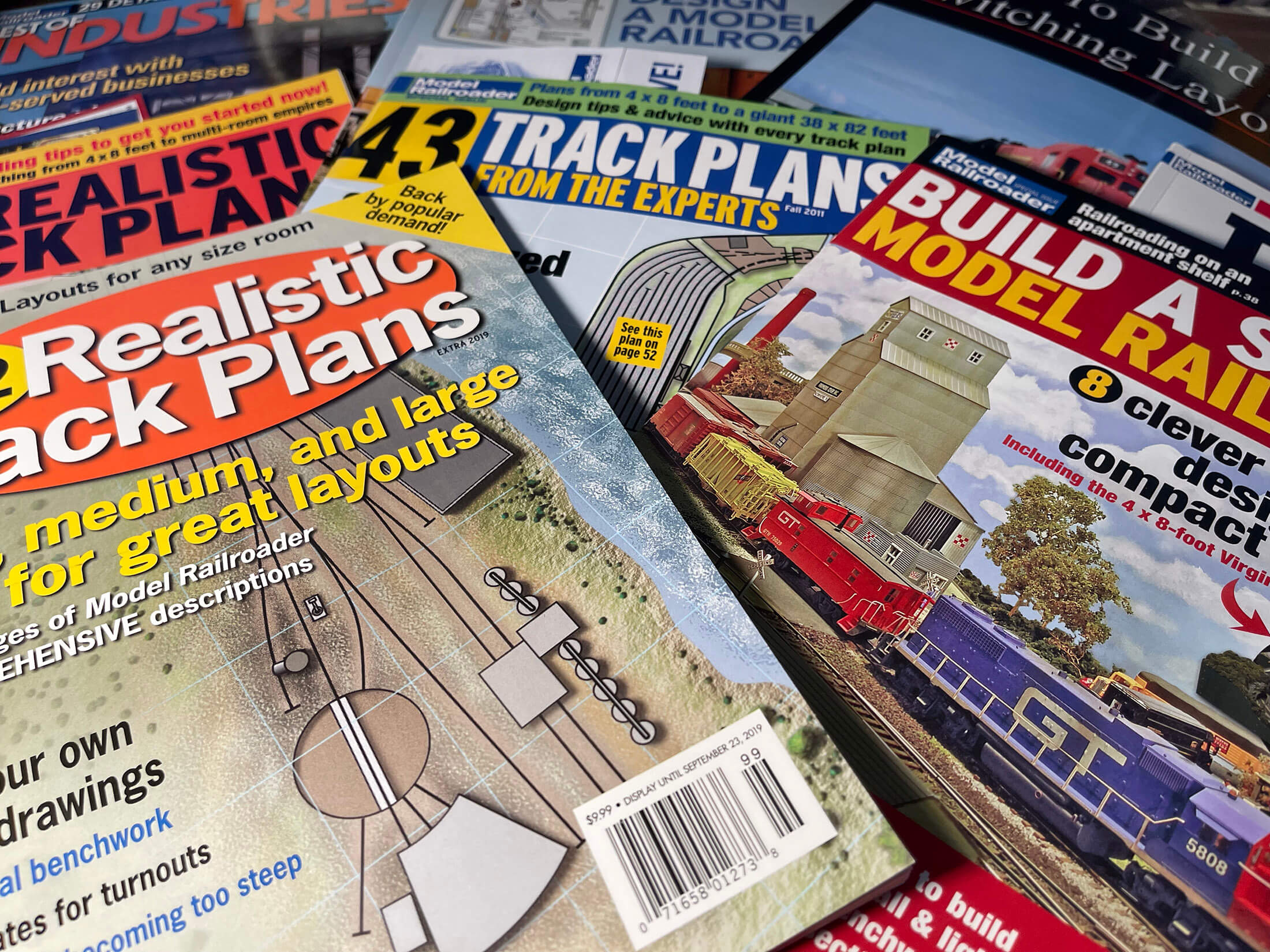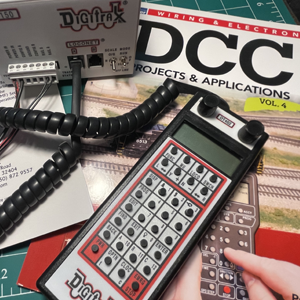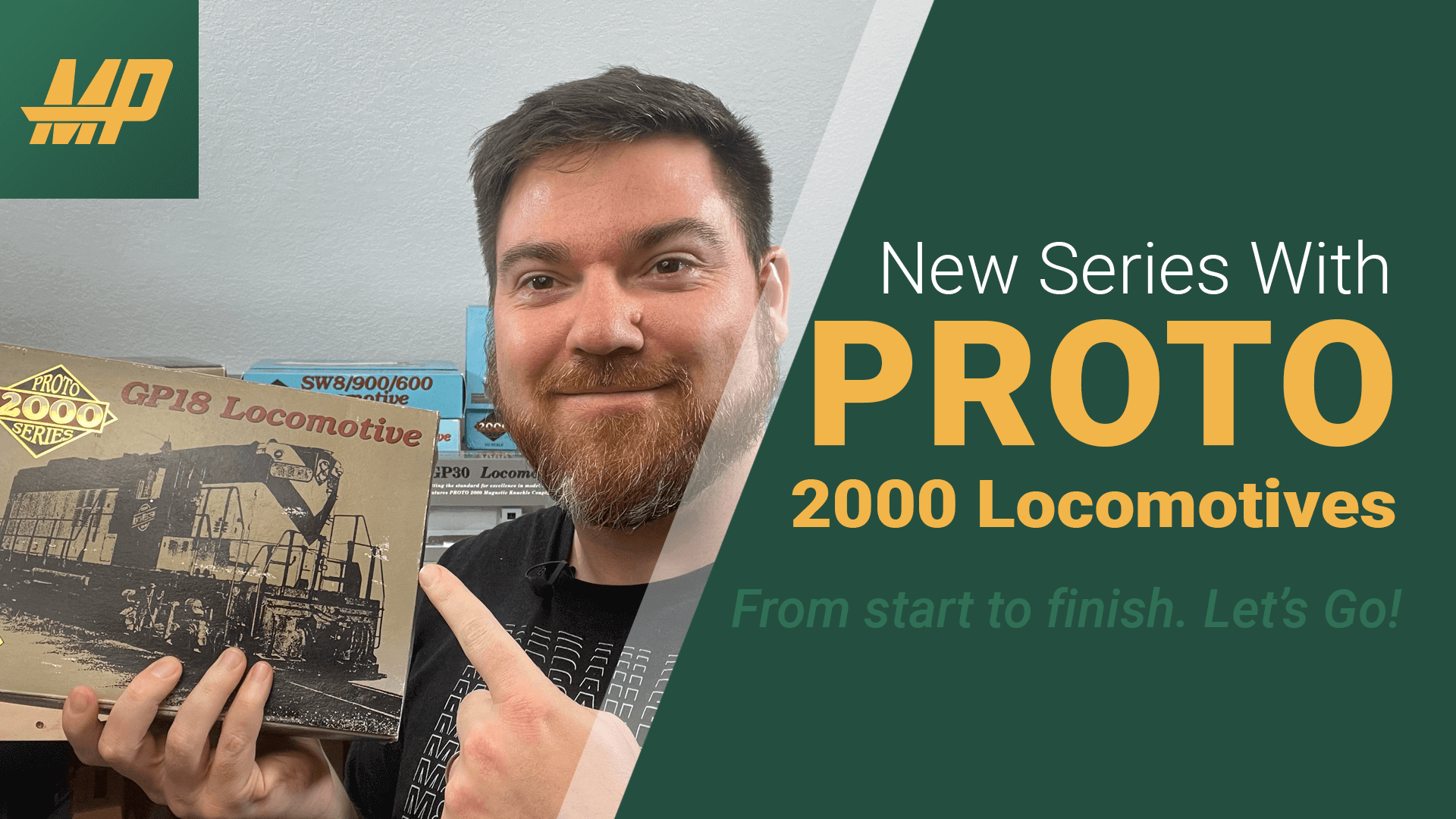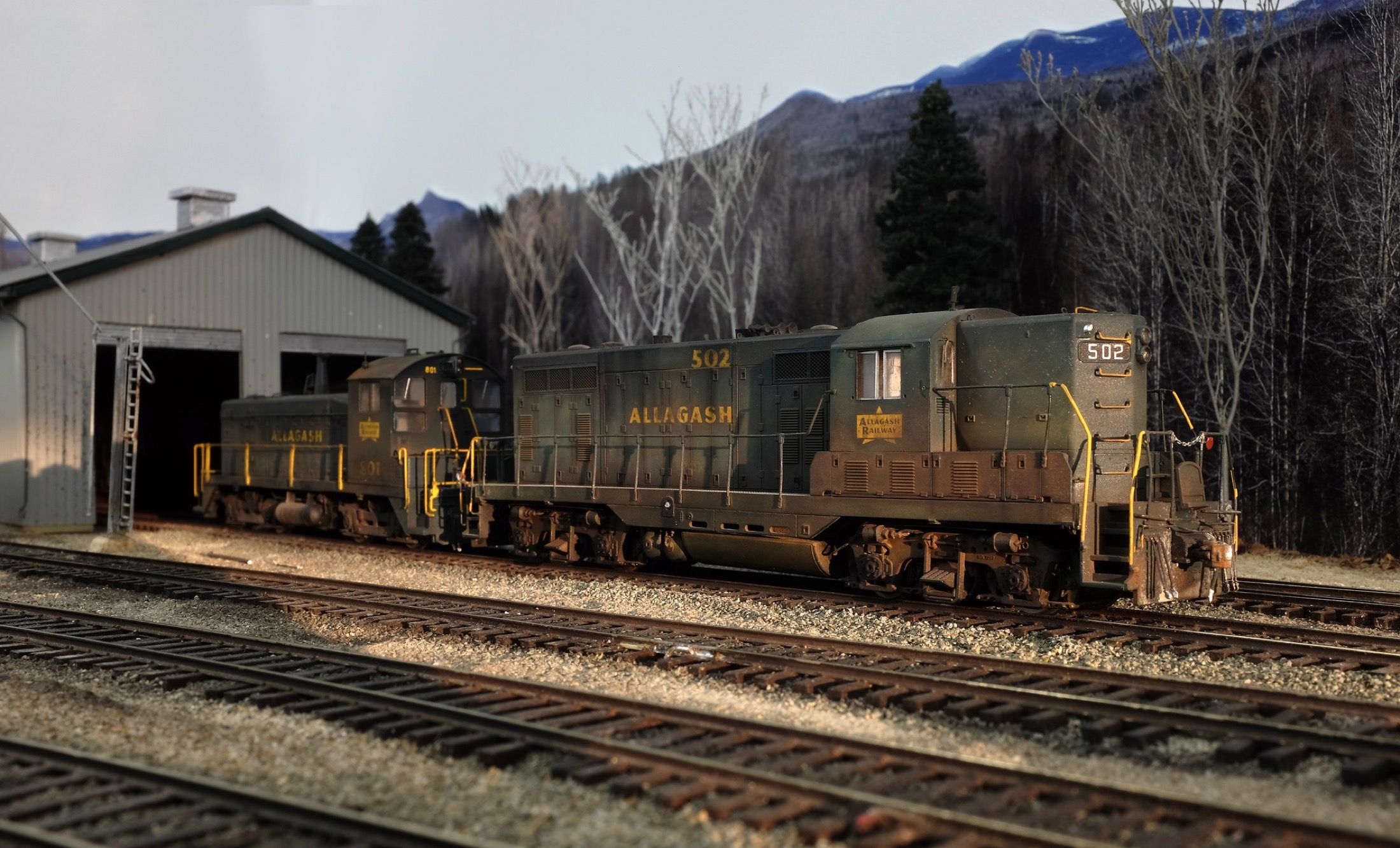Model Railroading - Ultimate Guide
The planning stage of model railroading is a very important part of the hobby. It can be a lot of fun to plan and design your layout and then build it. However, there are many pitfalls that you can run into if you don’t plan carefully.
One pitfall is going too deep into the planning stage before you have all your tools and materials. You should have a general idea of what you want to do before getting specific with your design. This will help avoid having to make expensive changes later on in the process as well as making sure that everything fits together properly when it’s finally time to build it.
Another pitfall is becoming too attached to your design before even starting construction on it. Your shelf layouts may look nice on paper but they may not work out so well once you actually start to build, this is what I’m currently facing right now with the M&P Railway.

The first step is always the toughest. Take your time, learn, and enjoy the process of coming up with a plan to set everything in motion.
Model railroading is a hobby that takes patience and lots of time. Planning is essential to the process. One of the most important aspects of planning is deciding what layout you want to build. There are many different types of layouts, for the M&P Railway we are going to focus on fictional modern day switching due to limits to room space vs real-world and modern day switching on a massive room layout.
Fictional Layouts in Model Railroading
A fictional layout is a model railroad that has no connection to reality. It doesn’t represent a specific place or time period in history, but rather an imaginary world where trains can go anywhere at anytime. A real-world layout represents someplace in the world, such as an actual town or region and includes towns, industries, and other features from that area’s history.

Don’t wait for the perfect train layout, because it doesn’t exist. Small layouts are just as fun to play with as big ones. Just go for it.
Cody Wilson - M&P Railway
It is not uncommon to see model train enthusiasts go too deep into the planning stage of their hobby. They will spend hours and hours researching, designing, and building their layouts. I can vouch for this, as I have done this with the M&P Railroad for a long time now. Model Railroading can be challenging.
This can be a good thing because it can help them work out any kinks in their layout design before they start investing in materials. But it can also be an unhealthy obsession that keeps them from actually enjoying the hobby, something that has prevented me from building upon my N-Scale layout at the time, but now moving forward and getting to work soon on my HO Scale switching layout.
This is especially true with DCC (Digital Command Control like Digitrax and NCE) and route planning. Model train enthusiasts will use these tools such as Anyrail 6 to plan out every last detail of their layout before they even start construction. You can also use programs like TrainPlayer to help you figure out if your model railroad is working out the way you want it to be. This can lead to a shelf layout that never gets built or a fictional railroad that never sees any action on the tracks because it was too complicated for anyone to run through without getting lost or confused about what’s happening.
The 7 steps to getting started in Model Railroading
Here are my 7 steps to help you get a jump start in your model railroading 101 adventure. It’s a big list and could grow even bigger if your layout is huge, or it could be less if its smaller.
- Pick your Era!
- Model railroading is fun and you can pick any era you want. I choose modern day, this just depends on the style you like
- Know the area or business you would like use
- I choose a bakery/chocolate/candy business, shipping facility for the bakery, and corn syrup industry and grain silo to go with my layout. Knowing most or some of these can change while building your layout.
- Know the type of layout
- Mainline running, Switching, etc. I have chose a larger switching style layout
- Systems to use
- This part could be a little challenging in model railroading, I already had a Digitrax DCC system. I’m going to continue with this and possibly add more to it as I go along. But you could decide to do DC depending on the size of your layout. I will say having DCC you also need to take into account that you will need to upgrade most if not all of your engines depending on what you have. With that said you can run DC on DCC but it may be more fun to have sound and more functions on all of your engines and even rolling stock. I’m currently needing to update all of my engines but two of them to DCC with sound.
- Know the Rolling Stock to use for operations
- Know the type of rolling stock you need in order to make your layout operations run. If you are in it for just the fun do what you want! But I like the idea of running ops and moving goods from one business to another, this can keep the replay factor good.
- Tools and Materials
- This is pretty wild to think about in model railroading. But not only will you need to know what materials you will need, wood, cork bed, track, glues, foam, etc. You will also need to have tools. If you are pretty handy and have a bunch of tools then you will be ahead. I’m not just talking power tools, I’m also saying tons of smaller tools like clamps, pliers, wire cutters and more if you plan to do any small intricate work on your trains or layout. I will have more info about my tools and more on the site at a later date.
- Scenery is always last!
- I feel like scenery will always be last in my mind, may not be for others but I want to know how my track plan will work, and try to have the buildings I need. Once I have most if not all of that in place then I can start to work on layout the ground work for my grass, rocks, trees and other scenery items.
Whats next with the M&P
We plan to have more blog posts in the coming months, so be sure to check back as we get started on the fictional switching layout on the M&P Railway (Mississippi and Pennsylvania Railway).
If you would like to support our journey and help us create more content you can donate to the M&P Railway. Be sure to check out our Locomotives and Rolling Stock (Currently a work in progress) If you have any questions or would like to chat with us, send us an email anytime or you can complete the form on the contact us page anytime anytime.
Do you want to see our locomotive fleet? Or maybe check out the rolling stock we have operating on the layout. Hope you are enjoy the M&P Railroad Blog, let us know if you have any questions.


